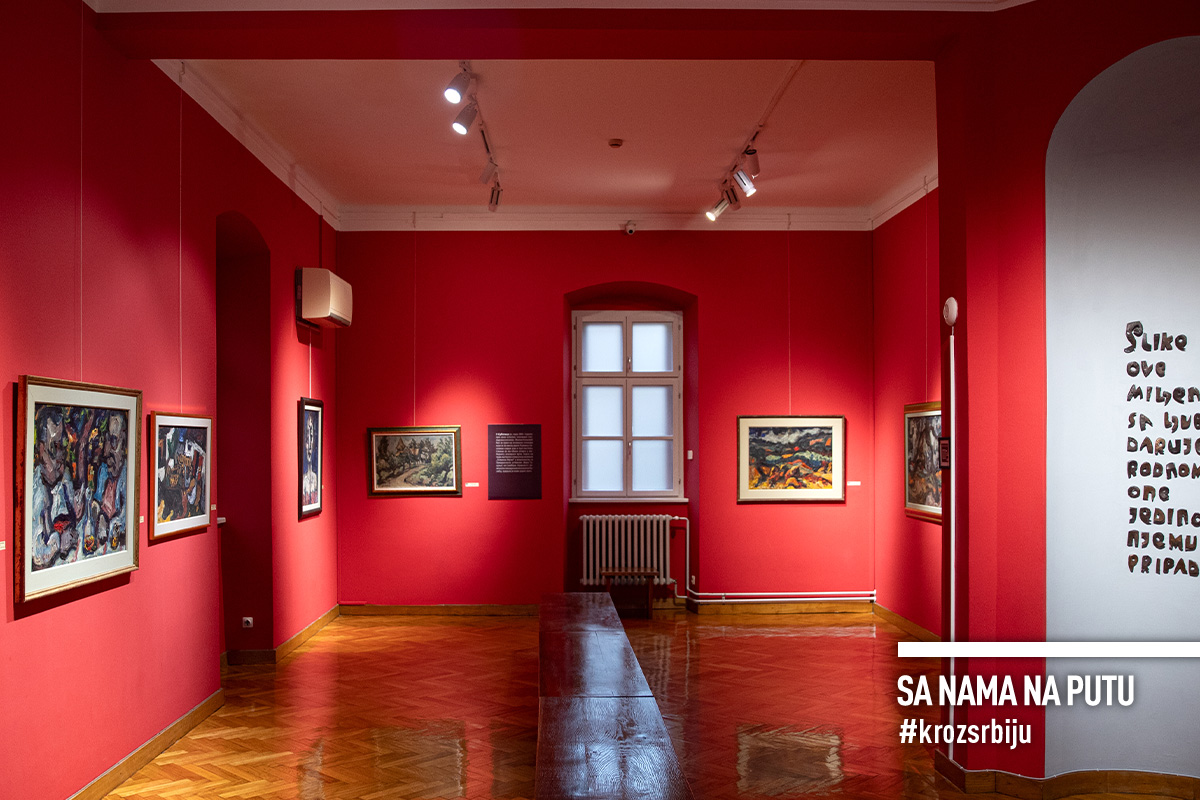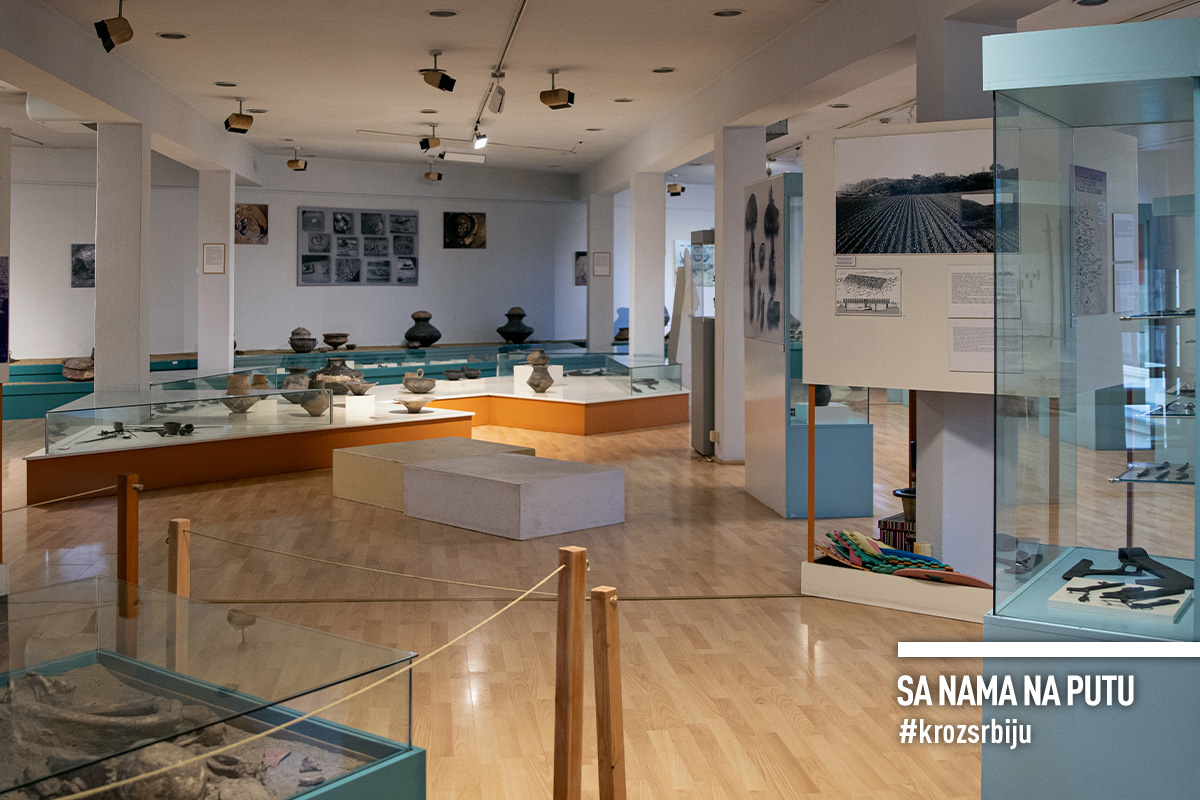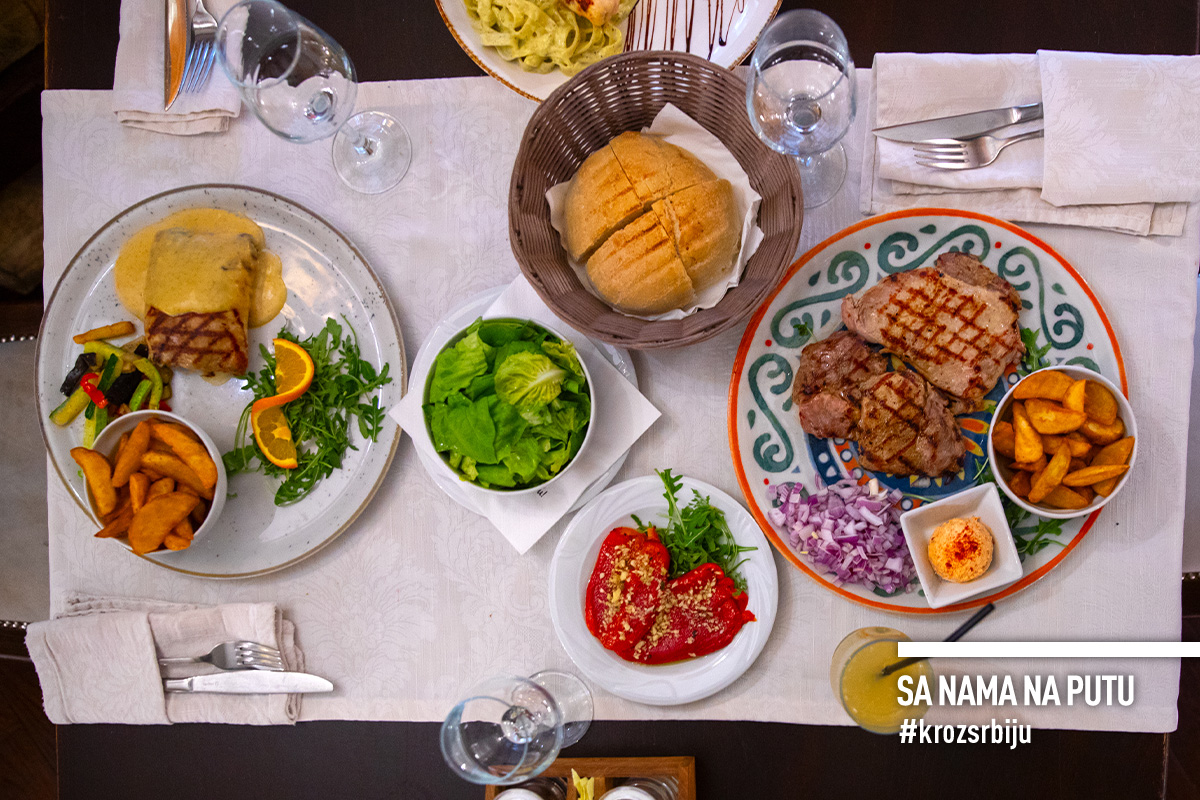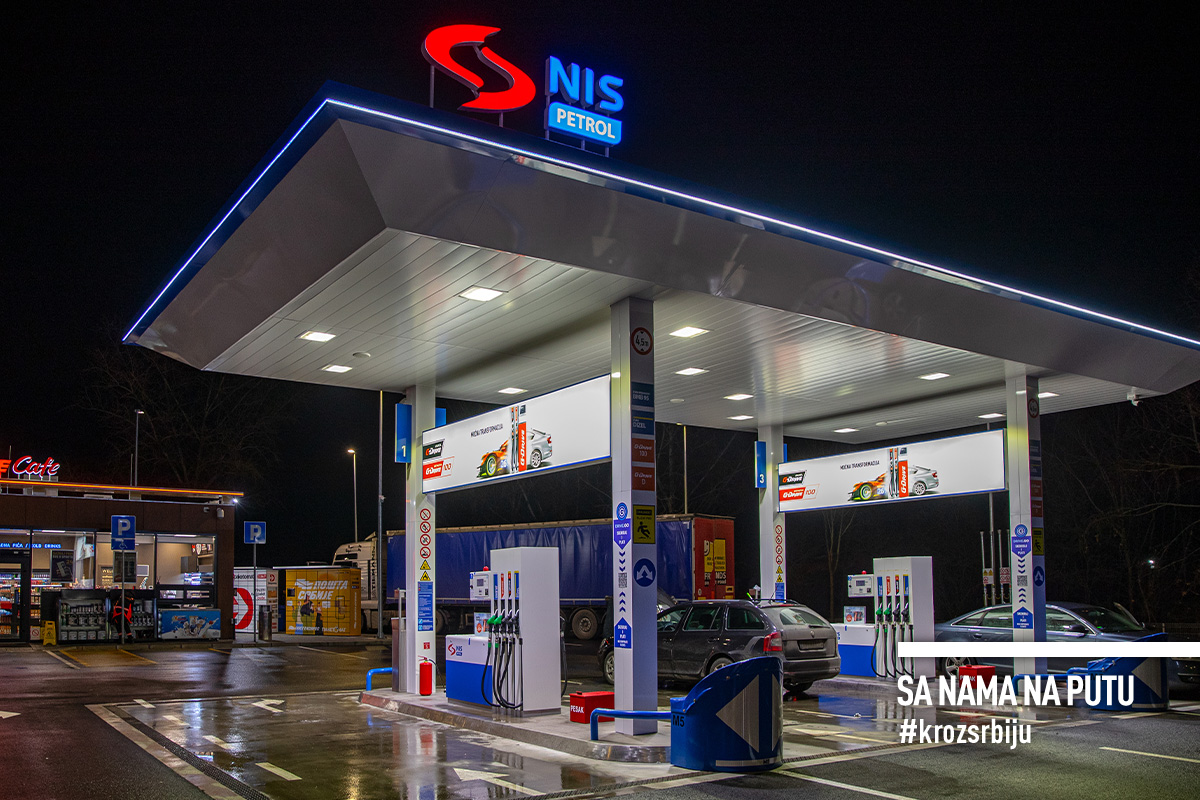It has the reputation of being the greenest city in Serbia. It boasts diverse and skilful architecture, as well as a rich cultural heritage. It served as an endless inspiration to a great painter, while its peaceful spirit was stirred by an unbridled romantic poet. It is one of the most celebrated Serbian cities, nestled in the north-western part of the quiet region of Backa, where “the old fiacre wanders through the streets” (traditional song).

BECAUSE “IN THAT SOMBOR TOWN, ALL YOU WISH FOR”
It was first recorded at the end of the 14th century as St. Michael or Sent-Mihalj, when the estate was owned by the Hungarian noble family Cobor. Later, their surname was added to the name, becoming Cobor-Sent-Mihalj. In the mid-16th century, the settlement was incorporated in the Ottoman Empire. At that time, it appeared in Turkish tax registers as Sombor in 1543, because the Serbian Orthodox population adapted the name to their language, and the Turks did not object. At the end of the 17th century, Sombor became the part of the Austrian Empire, and about sixty years later, Empress Maria Theresa granted it the status of a free and royal city. This marked the beginning of Sombor’s significant architectural and cultural development. After World War I, Sombor became incorporated in the Kingdom of Serbia.
Even today, it graces the northwest of our homeland, near the banks of the Danube. Hospitable and peaceful, yet full of life. As the famous verses say, you will find here “everything you wish for”. At every step, alongside well-kept squares and parks, there are magnificent buildings that echo the past times. The most striking among them are: “Županija” (County Hall), now the City Assembly, City Hall – the Magistrate, “Plebanija” – the Parish Court, the former Franciscan monastery, “Preparandija” – the Teachers’ School. Sombor Theatre, Grašalković Palance and Kronić Palance. Among the religious landmarks, the Orthodox Church of St. George and the Catholic Church of the Holy Trinity stand out.
Sombor has not forgotten its two great figures. The statue of the writer and academic Veljko Petrović, who glorified his hometown as Ravangrad, stands in front of the City Library. Laza Kostić, a poet and writer, known, above all, as a romantic and unbridled spirit, sits on a bench with his distinctive tousled hair and a book in hand, in front of the house in which he had lived with Julijana Palanački. It was here that he completed his most beautiful poem, Santa Maria della Salute, before his death. He rests in the Sombor Orthodox Cemetery.
It breathes with its trees of linden, chestnut, plane yew, and the famous bođoš, as the people of Sombor call the American sycamore, a tall deciduous tree from North America. When a curious visitor becomes a weary wanderer, they should, if the weather permits, sit in a small carriage and, accompanied by the clatter of hooves, once again take in all the beauties of Sombor in that old-fashioned, noble style.
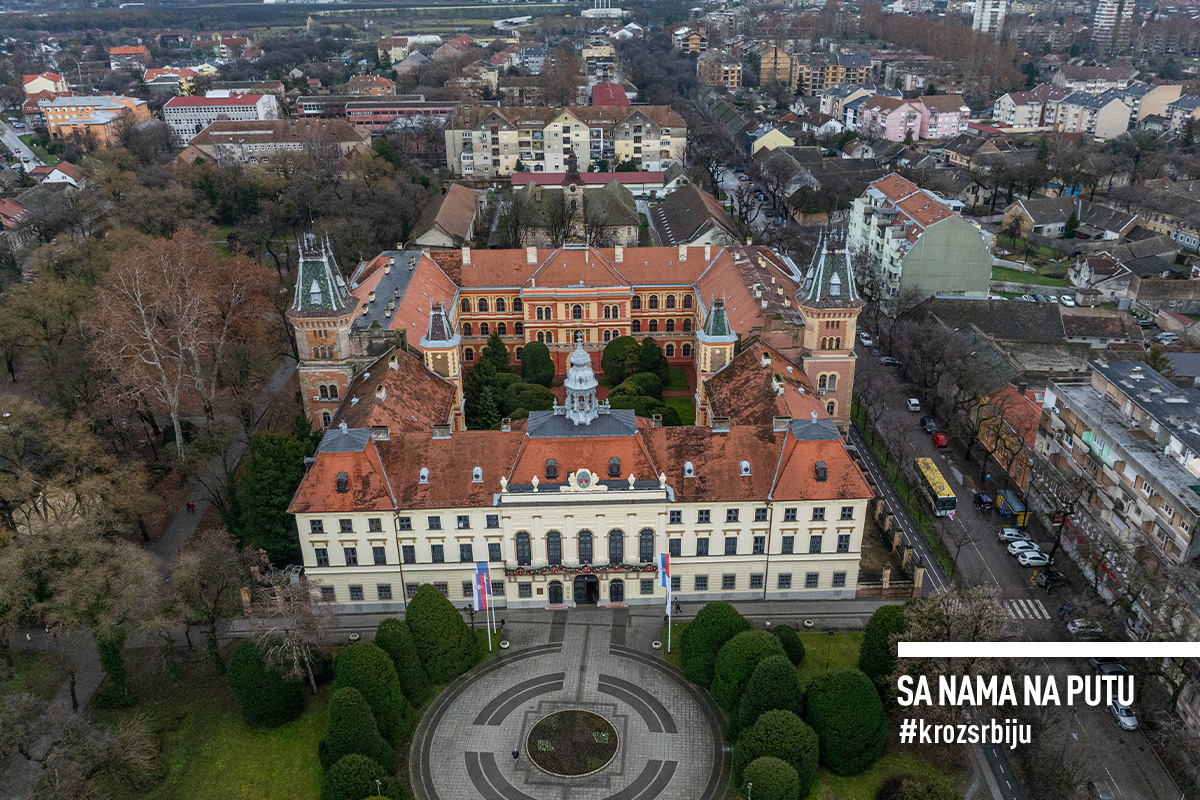
FOR THE COUNTY HALL IS ADORNED WITH THE LARGEST CANVAS IN SERBIA
On 11 September 1697, on the Tisa river, near Senta, the lances of great armies of Austria and Turkey clashed during the Great Turkish War. The Turks suffered a devastating defeat, possible because their opponent included around 500 Serbs and Bunjevci in their troops. Two centuries later, to celebrate the millennium of the arrival of Hungarians in these lands, the people of Sombor commissioned a depiction of this significant battle that certainly influenced their fate. The task was entrusted to Ferencz Eisenhut, a Hungarian of German descent, and one of the leading painters of oriental themes of his time. He created a monumental realistic work measuring seven meters by four meters. The central figure is the famous Eugene of Savoy, on a white horse, with the ferocity of the battle discernible in the background. The work was completed in Munich, where the frame was, also, crafted, a kind of artistic piece made of gilded wood. The surface area of the painting now measures 40 square meters. The people of Sombor wanted something grandiose, but it seems they did not think much about how they would bring it into the County Hall. When they could not do it easily, they resorted to force. They broke through the wall above the balcony doors all the way to the ceiling. The painting was installed in the ceremonial hall in 1898. Today, it resembles a small museum.
The ceiling is adorned with coats of arms representing the historical past of the countries that were under the rule of Hungarian monarchy, and wooden sculptures of the goddesses of wisdom, Athena, and justice, Justitia, have also been placed there.
Today, the Battle of Senta is a source of artistic pride, not only for Sombor, but also for all of Serbia. Since it is housed in the City Assembly Hall, visitors need to schedule an appointment or kindly ask the guard for a glimpse into this small treasure trove. In the absence of a curator, he will gladly introduce you to this magnificent work of art.
Here, even politics seems more bearable. When a heated debate arises, it is easy to escape a few centuries into the past and find a sense of calm in the largest oil painting on canvas in Serbia.
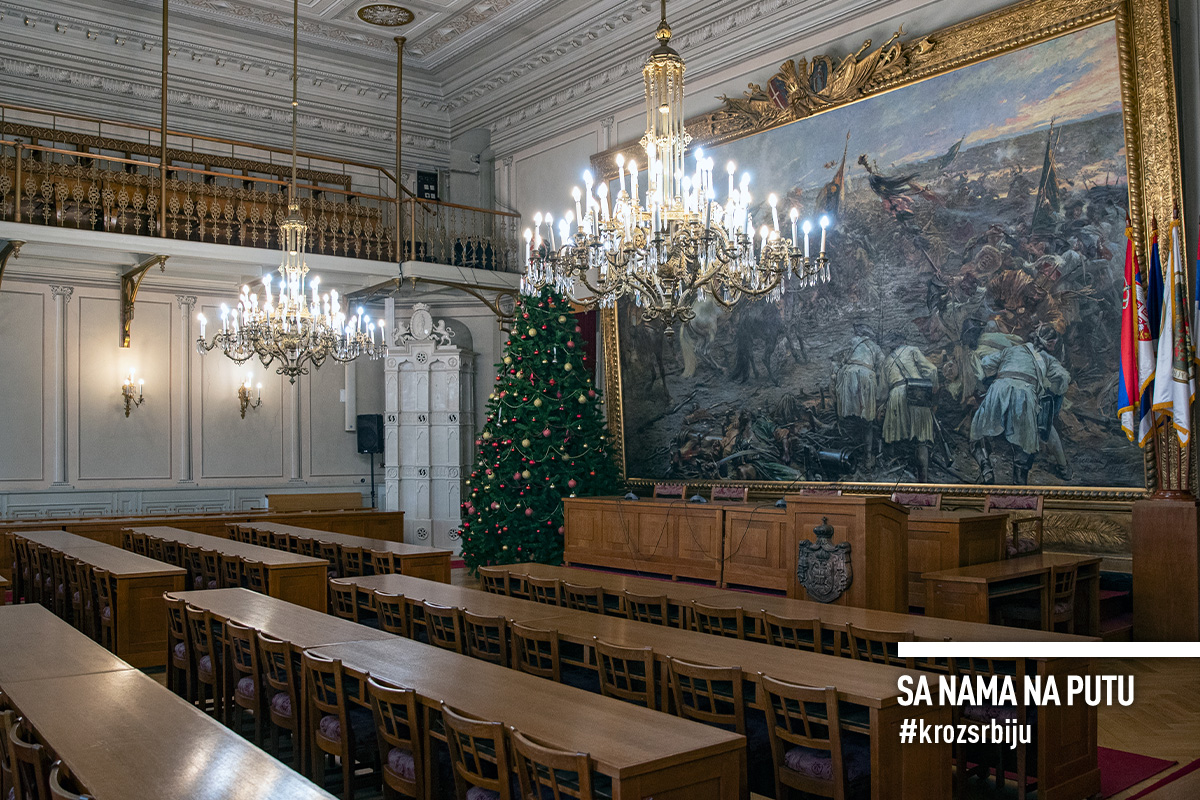
BECAUSE MILAN KONJOVIĆ GALLERY WORTHILY PRESERVES THE MEMORY OF A GREAT MASTER
He loved wearing a sailor-s T-shirt, a symbol of adventure on his own sea, painting, where something new and unpredictable was always happening. But that endless voyage toward the horizon was not painted in blue and white only. His reach artistic journey began with the so-called early phase, during this studies across Central Europe. After moving to Paris in the early 1930s, he created masterpieces of the blue phase, which was later replaced by the passionate red phase upon his return home, inspired by the landscapes and people of Vojvodina. War and captivity took their toll on colour, leading to the grey phase, which eventually gave way to the pure and radiant hues of the colourist phase. His most powerful and dramatic works emerged during his mature, associative phase. In his later years, he found inspiration in Byzantine icons and frescoes. With a prolific opus of over 6,000 pieces, Milan Konjovic stands among the very best of Serbian fine art. His distinctive style is marked by and expressive and fiery temperament, making his work instantly recognizable.
He lovingly gifted his favourite paintings to his hometown, believing “that is where they belonged.” A collection of 500 works, including oil paintings, watercolours, drawings, and tapestries. The Milan Konjović Gallery was founded in 1966 in a distinguished 19th-century one-story building in the heart of the city. At the beginning of the 21st century, his daughter Vera donated 17 of her father’s works from the family collection, with the request that they become part of the permanent exhibition on the ground floor. Here, visitors can also see archival materials, photographs, personal documents, painting tools, a self-portrait—an oil on hardboard from 1978—as well as the artist’s last drawing from 1993, the year when he passed away in his beloved Sombor. The upper floor hosts thematic exhibitions or displays arranged by the different phases of his artistic journey.
Today, the collection comprises nearly 1,100 of Konjović’s paintings, which can be viewed digitally on a computer. Additionally, descriptions of the artworks are available for the visually impaired and blind, and a souvenir shop has been set up as well. This modern and thoughtfully designed space, housed in a building rich with history, honors the life and work of the great painter. The experience is further enriched by the guidance of a curator, a true expert and a skilled storyteller. The Milan Konjović Gallery is undoubtedly one of the most organized and most welcoming cultural institutions we have ever visited.
